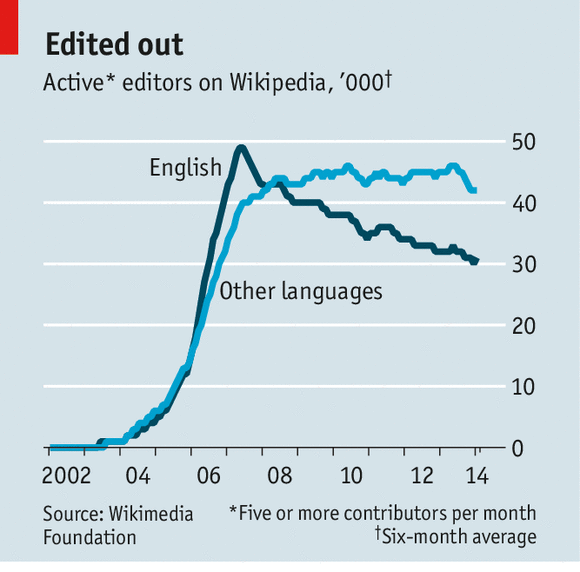Franklin & Marshall College is my alma mater. When I was in school, I basically did two things on campus, academics aside: I was editor of the newspaper, The College Reporter, and I was a DJ on WFNM-FM.
So I was more than a little surprised and disappointed when friends pointed me to the F&M Spark website, where two rather desperate-sounding fundraising initiatives are currently live. Without $10,000 apiece, the site says, both WFNM and the College Reporter are in danger of ceasing operations, because, it is implied, the school isn’t investing in upgraded equipment for either entity.
I am having a rather hard time with this.
From my desk in New York, it seems both organizations have stayed fairly contemporary. WFNM has a live audio web stream, and the Reporter moved its publication online last year. As an alumnus of both properties I applaud the modernization. Whether they have large audiences or small, they seem to still be a relevant part of the college experience, which I love.
What I don’t love is the implied threats in these fundraising initiatives.
F&M has a $600 million endowment. The school has a target fundraising goal of $4.5 million for this year.
F&M is one of the fifty most expensive higher education institutions in the United States, with an annual cost north of $60,000 for the 2014-2015 academic year.
F&M has run its radio station for nearly 60 years and its newspaper dates to 1881.
Both of these activities are largely self-funded, or at least they used to be. WFNM had underwriting on many of its timeslots, particularly the news; the Reporter sold advertising, and used its revenues to pay for printing and computing costs. Ultimately, though, the college would find funds when the organizations needed additional support.
Am I to believe now that the school is ready to shutter both activities unless it gets direct contributions via online fundraising campaigns (neither of which I heard about from the school, mind you)? Do they mean that little to the campus now? Given the myriad ways in which Franklin & Marshall has expanded since my graduation nearly (gulp) 20 years ago, has there been a collapse of support for the media properties in which scores of students participate, year after year?
Sure, kids can blog and podcast from their dorm rooms nowadays. But without these organized activities, the real-world exposure to in-person collaboration and participation that is critical to the campus experience is lost.
I wrote in this space almost exactly 10 years ago how disappointed I had been with F&M’s direction since my graduation. (I will note here again that I had a terrific undergraduate experience.) The items I highlighted a decade ago don’t seem to have shifted all that much in the ensuing years, and with this latest fundraising request, my disillusionment shifts just a little bit further.
I sincerely hope these overtures in the Spark pages are poorly worded appeals by student activists and not the result of threatening overtures from the administration. And I strongly urge the college to support these institutions, both of which help shape their student participants’ interests, voices and personal growth.
Update: this blog post made its way to the administration at F&M (truly one of the better aspects of having gone to a small college), and the next day, F&M President Dan Porterfield donated to both fundraising campaigns, and tweeted about it. Which is nice enough of him, yet completely misses and thus reinforces the points made above.
